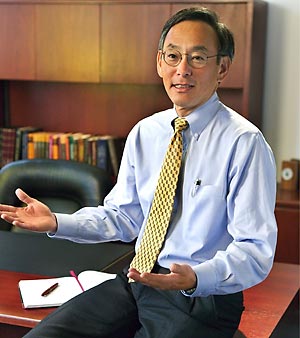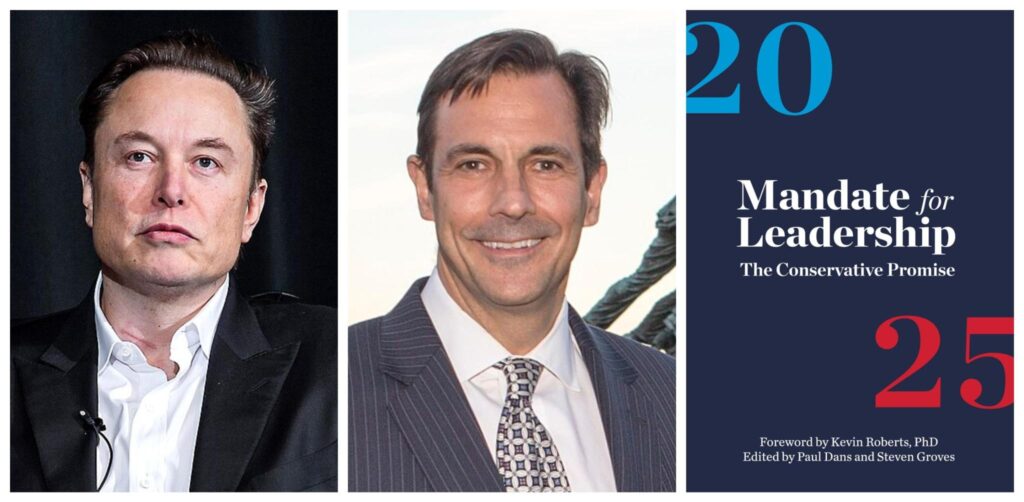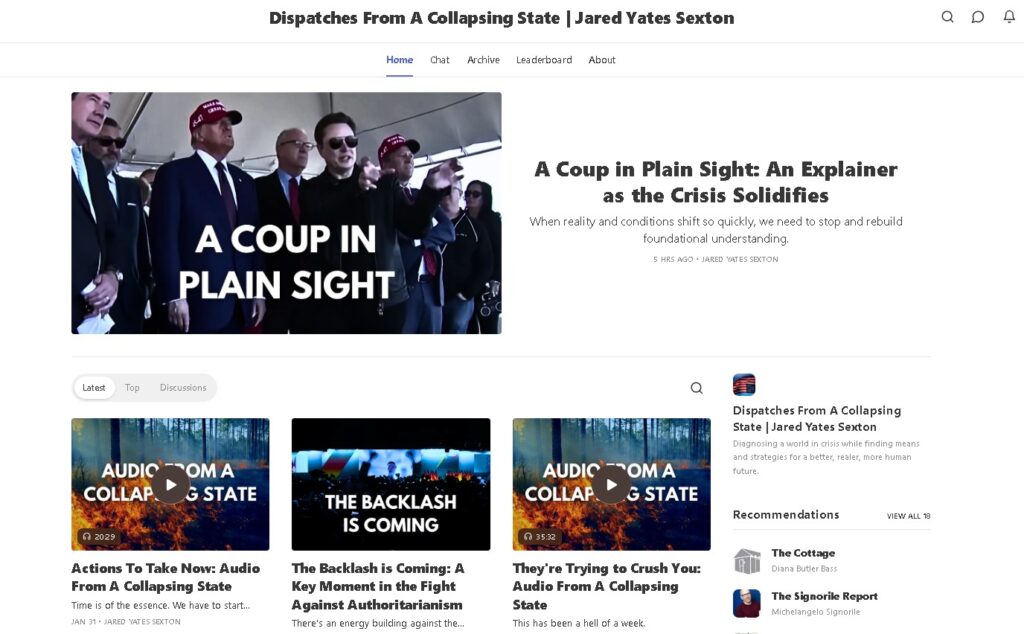Earlier this week, President-elect Barack Obama announced his picks for his energy team, with Dr. Steven Chu to head up the Department of Energy.
Dr. Chu is not the happy holiday gift the “clean coal” folks were hoping for.
The blogosphere has been abuzz with something Chu said about coal in an alternative energy talk he gave at UC Berkeley in April 2007. The video of the talk is nearly two hours long, but we snagged the important bit, where he talks about coal.
“Coal is my worst nightmare.”
Transcript excerpts:
Let me go to the supply side of the energy problem. Now, we have lots of fossil fuel. That’s really both good and bad news. We won’t run out of energy, but there’s enough carbon in the ground to really cook us.
Coal is my worst nightmare. Carbon emission in the next thirty years is predicted in the current forecast to – we’ll be adding three times the amount of carbon dioxide in the previous history of all humanity if we continue on our present course. [pdf, link]
[…]
There is abundant fossil fuel energy in these various forms…. [C]oal, it’s so plentiful there’s no serious exploration for it. Coal is the default option of the US, China, and India. Why is that? (It’s also the default option of Russia.) It’s because 2/3 of the coal supply is in these countries.
[…]
China is now embarked on a program to be building one half gigawatt-to-one gigawatt coal plant a week. [In the] United States… there are about 140-150 applications for coal plants that have been applied for in the United States today. (new coal plants) And let’s assume that you don’t apply for a coal plant – to build a new coal plant – unless you intend to build it in the next three years. So, the US is on a path that is also roughly one [plant] a week. It could be a little less, it could be one every 10 days because not all those plants would be built.
[…]
So this is what we’re seeing today. This is the default option that we are currently doing. It’s not that we’re going to head for this, we are doing it.
He then presents a slide that summarizes carbon capture and sequestration. It’s on page 24 of the pdf of his slide presentation (click here for the image alone).
He describes the process of carbon capture, and discusses some of his concerns (which have also been expressed in great detail by the IPCC):
But there is a possibility – this is of some concern – that in its initial state as a big bubble of gas, it might find its way to the surface or in its state as CO2 -impregnated salt water it’s more acid and it could also form some cracks.
So the issue here is naturally not [just] the cost of converting the coal to a stream of hydrogen and CO2 and pumping it underground. That would probably increase the power bill by as much as 25%. That’s what a carbon price of $30-$40 a ton would be equivalent to.
But there’s an unknown cost in that if this.. faces legal challenges. Why would there be a legal challenge? Because there would be people saying “I don’t want this done in my backyard” because if the carbon dioxide ever does bubble to the surface it could actually kill people. 10% carbon dioxide is lethal. And so that’s one of the issues.
We are doing research into sequestration both at the lab and worldwide, but at a very small level, the equivalent of a few million tons of carbon per year. We have to go to several billion tons of carbon per year before it becomes a 10% effect. So it’s a research-development issue, so I think we have to do this if we’re going to go forward with coal but it’s not a guarantee that we have a solution with coal.
So, in summary, Dr. Chu’s “coal is my worst nightmare” remark is based upon several things:
- Coal is the default power source for the US, India, China, and Russia, as examples.
- Building new coal plants at the present rate will have an absolutely catastrophic effect on the environment, due to the associated increase in carbon emissions, and the resulting climate change.
- Carbon capture and storage is an interesting proposal from a scientific point of view, but it has multiple possible complications. It cannot be a viable solution until the problems are solved.
- At this point, it is therefore a research and development issue, but we would have to go from the pilot study/research phase into full-scale commercial use of the technology awfully darned quickly to do any good.
- Since CCS will have to go full scale if we are to continue building new coal plants, and we can’t go full scale very soon, coal is not likely to be the solution to our growing energy needs.
Chu’s approach to coal power is discussed both at the Wall Street Journal Environmental Capital blog as well as in a December 16, 2008 article in the Charleston Gazette. The latter quotes reactions from various coal industry individuals. They are disappointed, to say the least, and will be clamoring for an answer on the FutureGen project, as Joseph Romm mentions here.
At this point looks like the future is not bright for “clean coal”, at least when it comes to an endorsement by the US government.
The dirty energy lobbyists will be wearing out the shoe leather come the next legislative session. It remains to be seen whether or not anyone will listen to them.
Subscribe to our newsletter
Stay up to date with DeSmog news and alerts







